Mondrón Olive Oil Museum
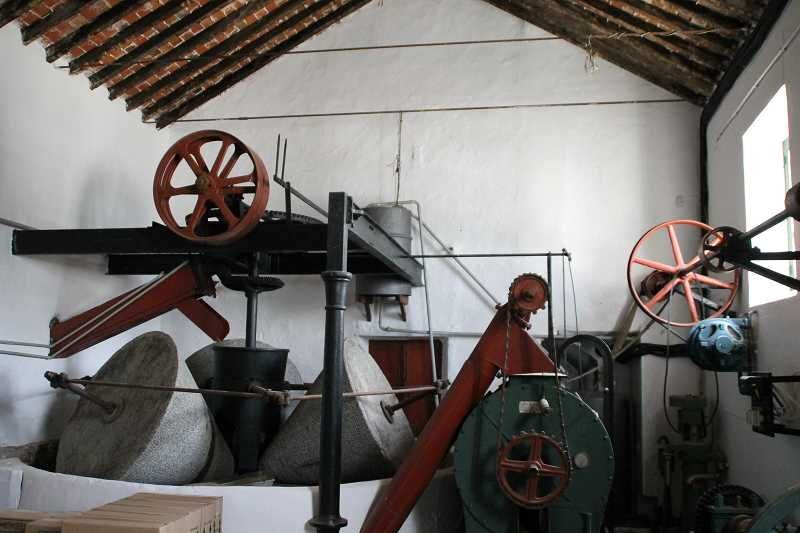
The Antonio Gala Oil Museum (Mondrón) is located six kilometres from Periana, in the oil-producing town of Mondrón. This museum was created on the initiative of the Cooperativa Olivarera de San José Artesano, who wanted to preserve the ancient methods of oil production that made the town famous. There you can see […]
Plaza Balcón de la Axarquía
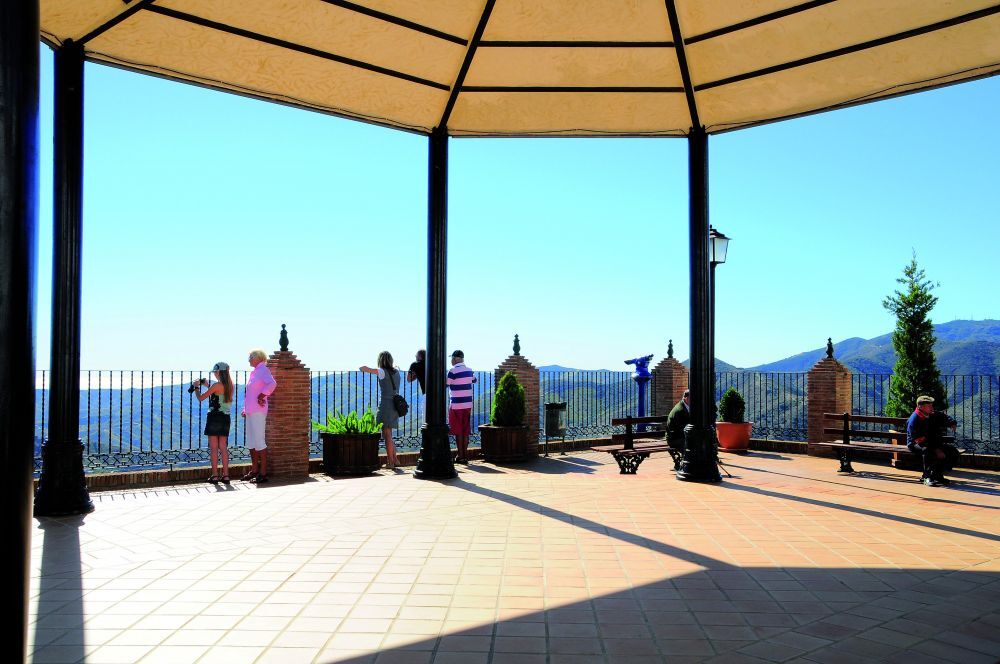
This is the town's main square and a natural viewpoint overlooking the entire Axarquía valley, with the sea in the background, the Montes de Málaga mountains to the right and the Sierra Tejeda mountains completing the impressive panorama to the left. This natural viewpoint overlooking the entire Axarquía valley, with the sea in the […]
La Tahoncilla
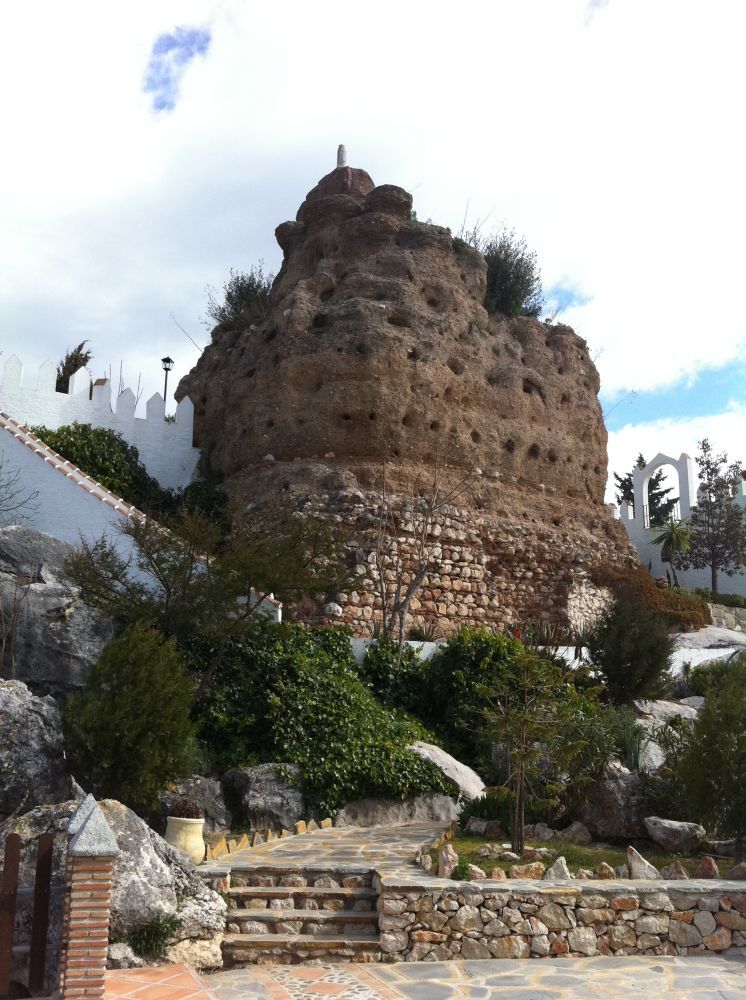
La Tahoncilla is the name given to a small tower that also formed part of the defensive belt of Comares Castle. It is located practically at the opposite end of the castle from the Torre de La Tahona.
Church of Ntra. Sra. de la Encarnación
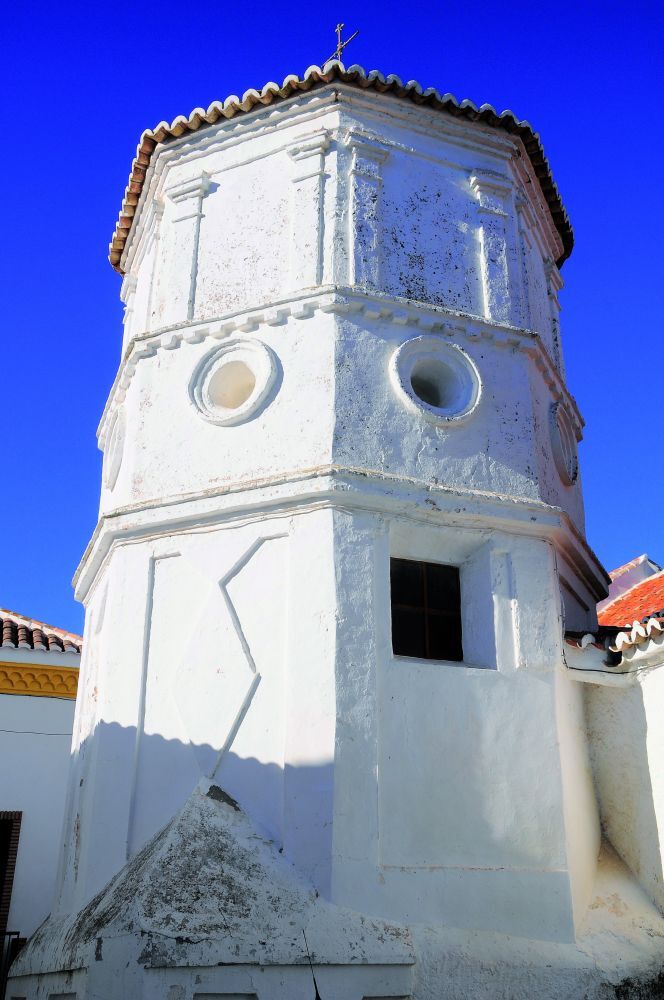
The parish church of Nuestra Señora de la Encarnación dates back to 1505. The Mudejar coffered ceiling in the chancel and central nave are particularly noteworthy. The chapel of the Tabernacle, built in 1721, features a Rococo dome of considerable merit. The tower, which was added after the church was built, although also dating from the 16th century, fits in with the [...]
La Tahona Bastion Castle
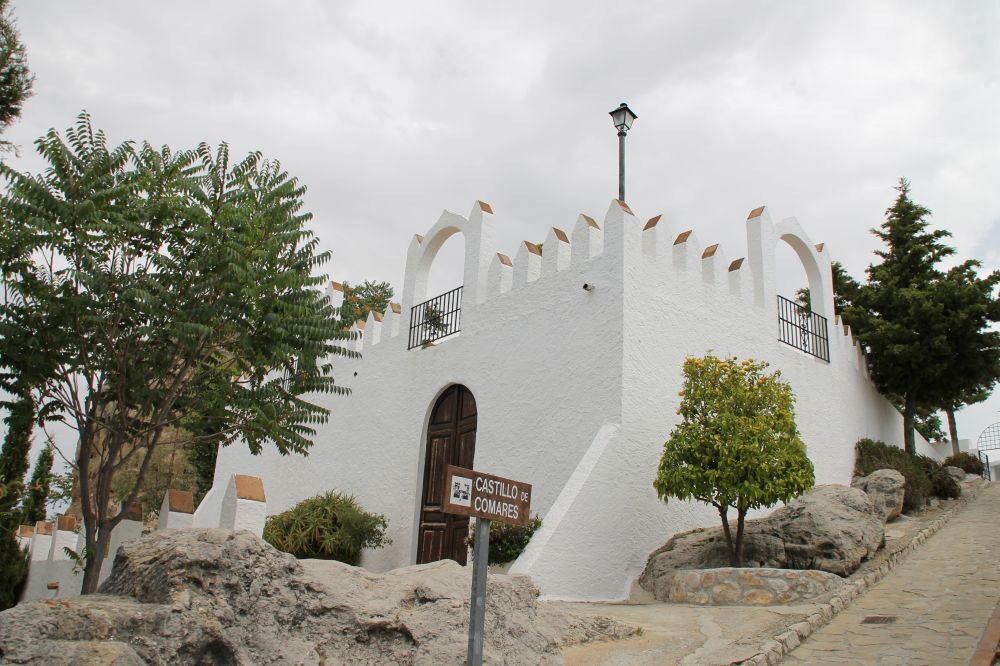
All that remains of La Tahoma Castle are the ruins of a wall, the age of which is unknown. What is known is that it was transformed into a large fortress during the Muslim occupation, built on the site now occupied by the Camposanto cemetery. The castle, of Arab origin, was built on top of an ancient […]
Mazmúllar Plateau
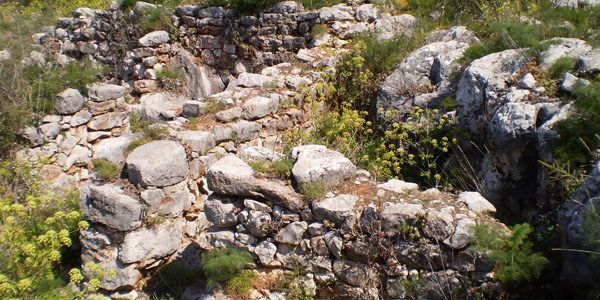
Remains of a city from the 9th to 10th centuries. Various pieces of pottery, amphorae, mosaics and even skeletons have been found. The remains of some houses can still be seen, as well as the famous cistern.
St. Anthony of Padua Church
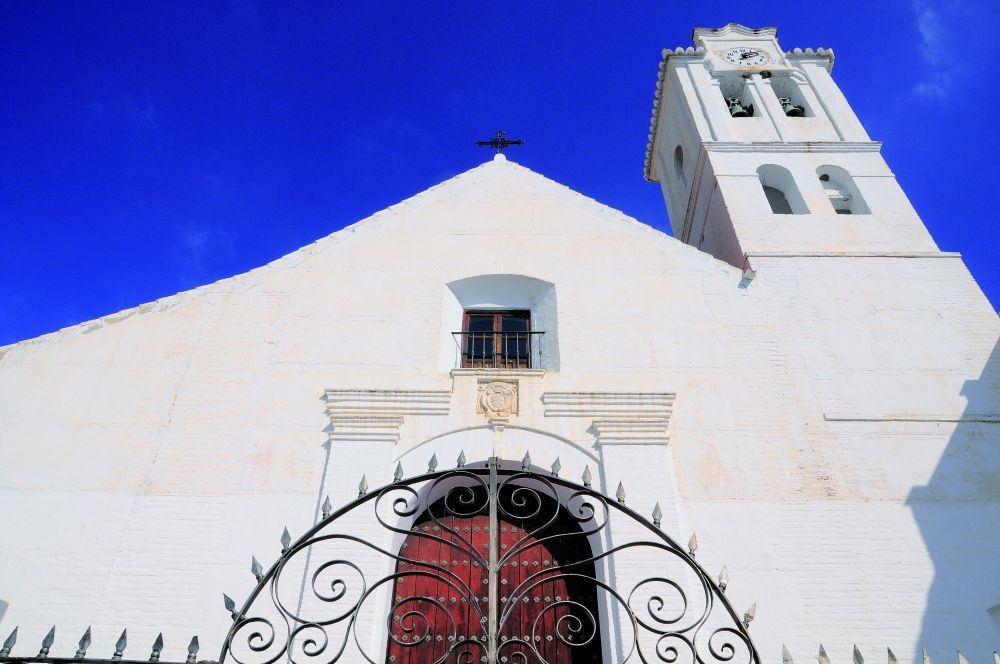
Built in 1676 and renovated a century later. It is almost entirely Renaissance in style and has a Latin cross plan divided into three naves separated by semicircular arches resting on rectangular pilasters. The transept is covered by a hemispherical vault on pendentives and a dentil ring ending in a lantern, […]
Nuestra Señora de las Angustias Chapel
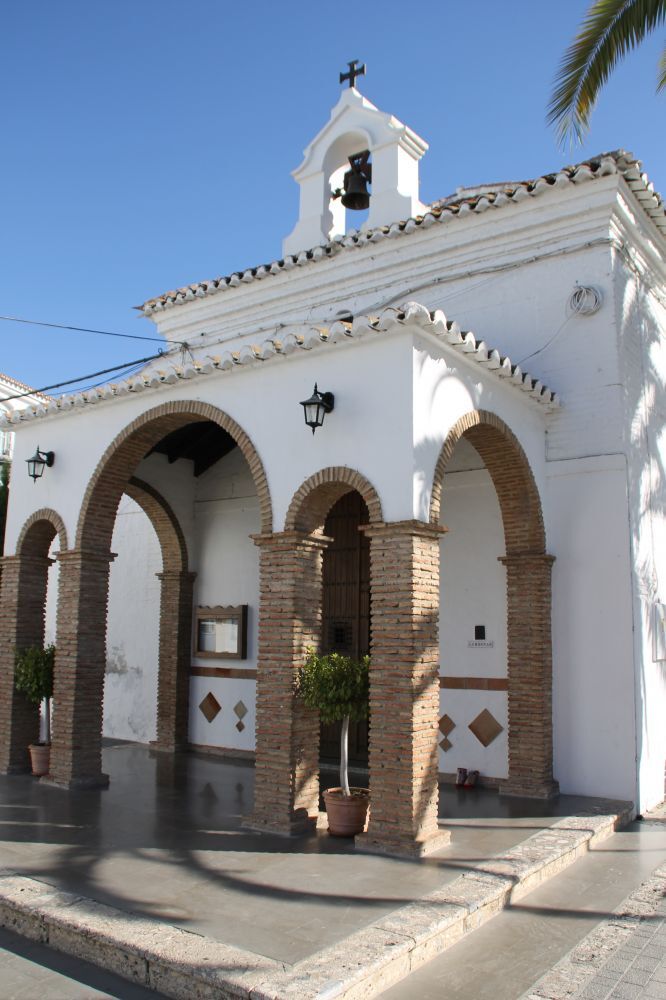
The 17th-century chapel of Nuestra Señora de las Angustias is a Baroque-style temple that houses the image of the patron saint of Nerja. It has a single nave topped with a barrel vault. The dome features paintings from the 18th-century Granada school. It has a simple belfry protruding from […]
San Antonio Abad sugar mill
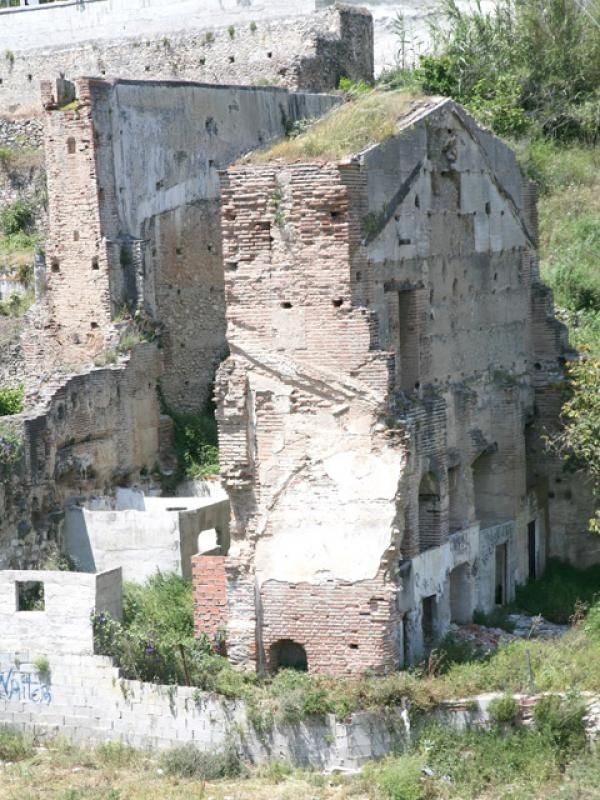
The San Antonio Abad sugar mill was the first sugar mill in Nerja. There is evidence that it was operating at full capacity back in 1595, when it was owned by Juan de Briones, and it remained in operation until the 19th century. This mill was purchased by the Larios family in 1872. The remains of this sugar factory […]
El Salvador Church
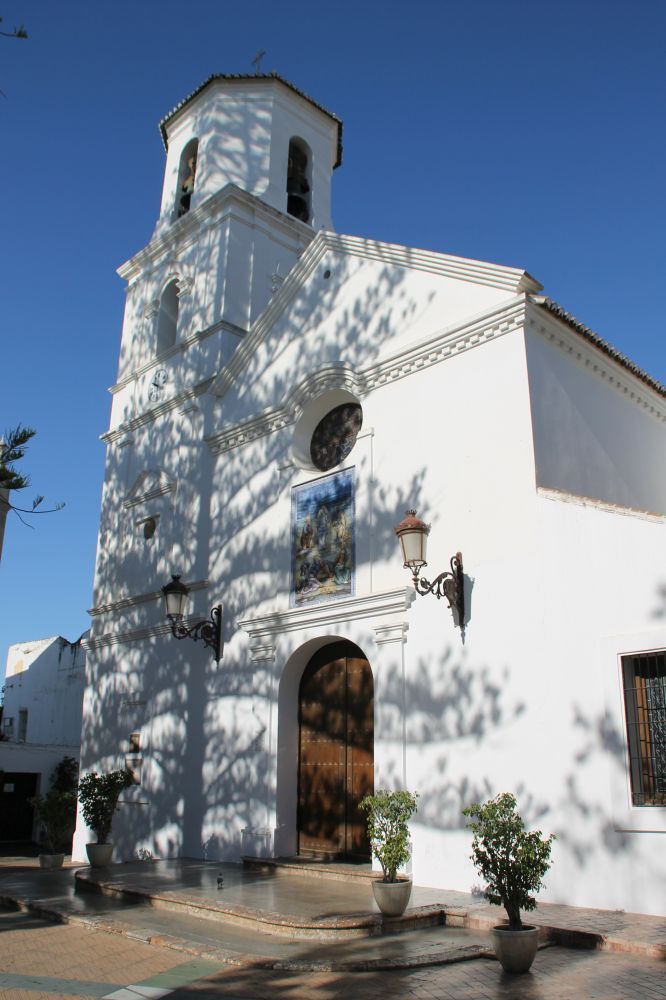
Built in the Andalusian Baroque and Mudejar styles, the Church of El Salvador was erected in the 16th century and subsequently renovated. The temple consists of three naves, one with a Mudejar roof structure. Its façade is marked by a tower with an orthogonal bell tower. Inside, the 18th-century frescoes from the Granada school and a […] stand out.
